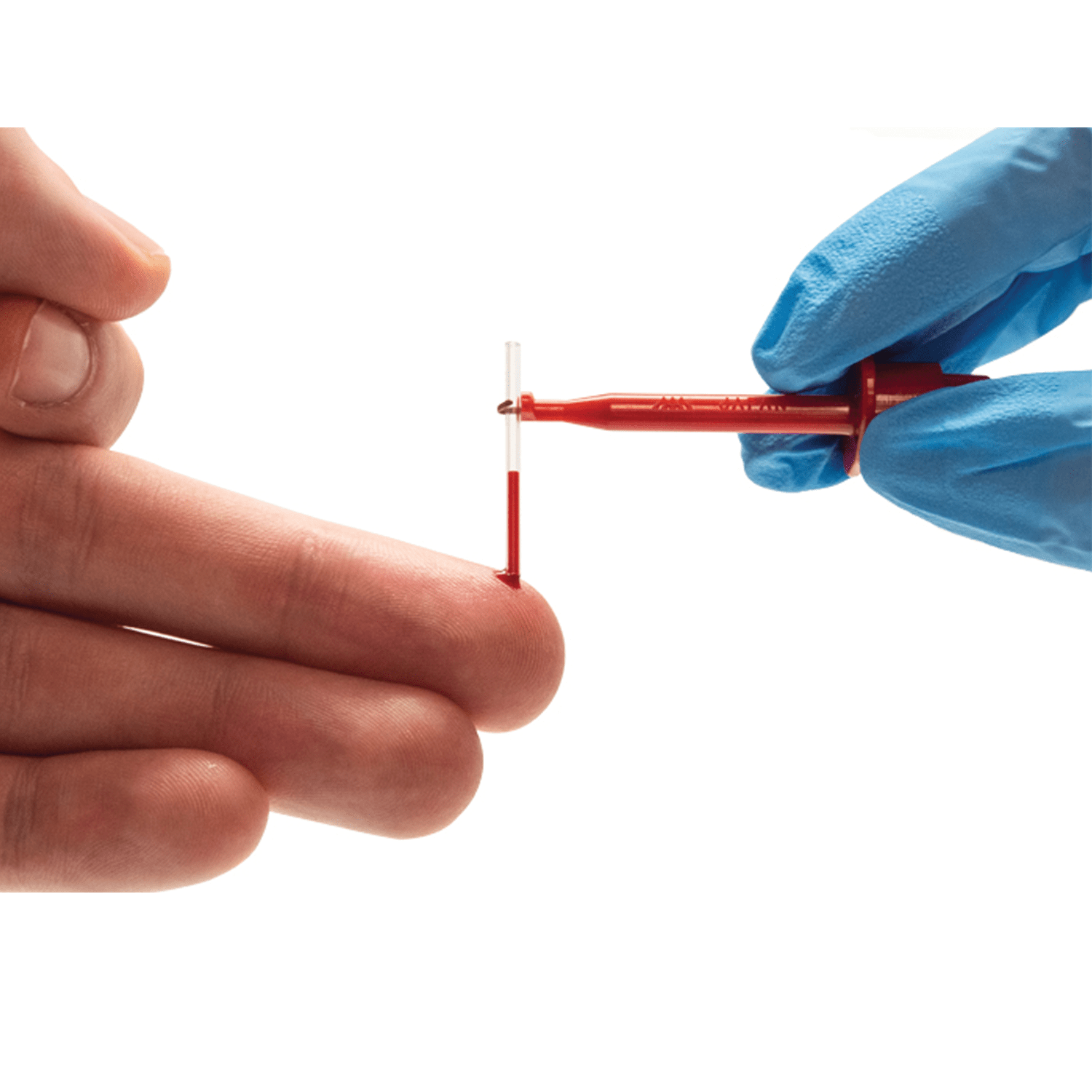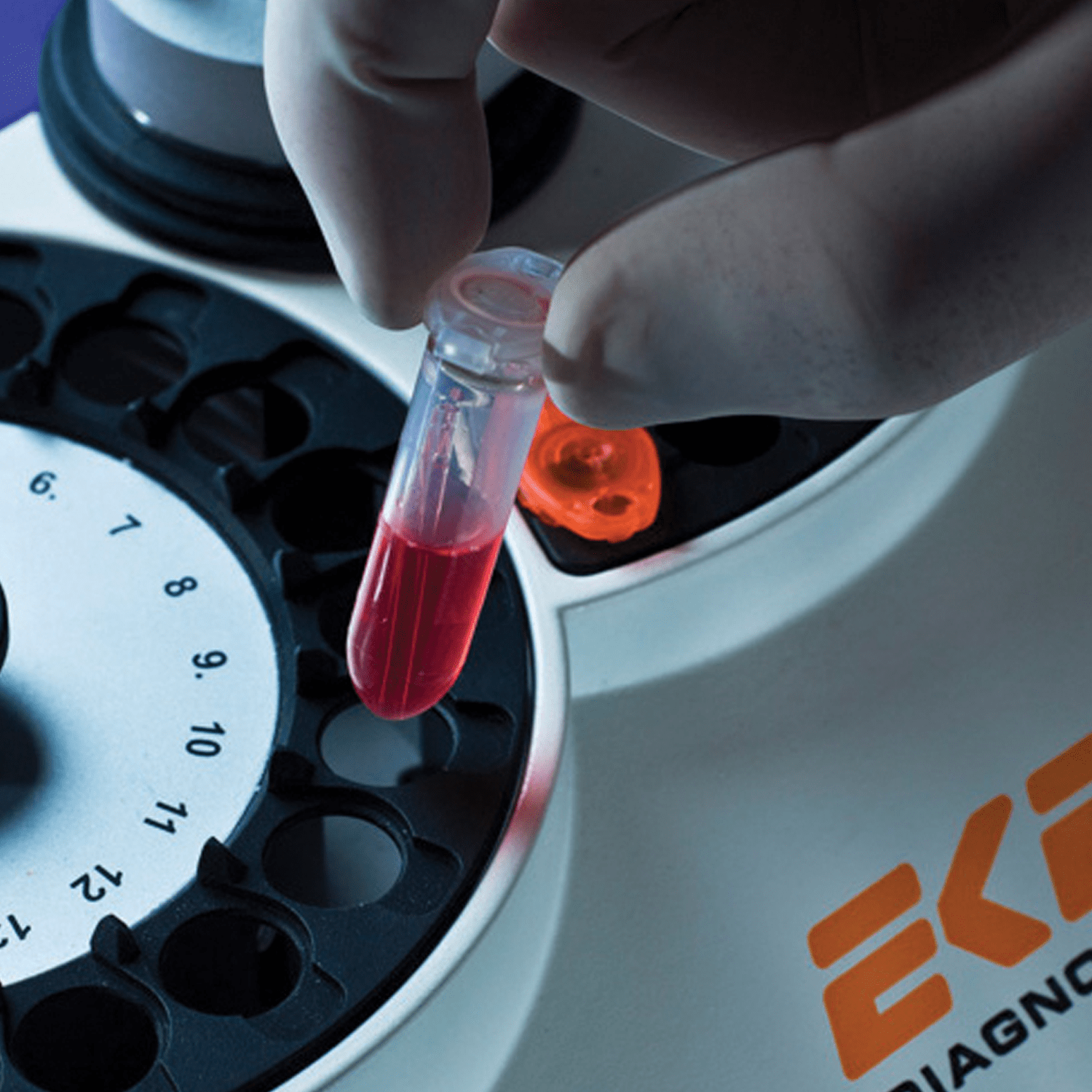Glucose and Lactate analyzers for athletes
Biosen analyzers can be manufactured as single channel lactate systems or as dual channel systems that can measure glucose at the same time. Biosen uses a special chip sensor technology to deliver fast measurements with a high degree of accuracy at a low cost per test. Due to the long life of the sensor chip the system requires little maintenance, features such as the touch screen and large memory only add to the Biosen analyzer’s user-friendliness.
An integrated barcode reader and printer are also available with most configurations, allowing entire teams of athletes to have multiple step-tests during training.
Biosen can test blood, plasma or serum to provide lactate and glucose values with excellent precision (less than 2% CV) over a wide measurement range.
Easy to use
Accurate and reliable
Maximum efficiency and convenience
Efficient data handling
Lactate is produced when the muscles use carbohydrates to create energy for exercise. The underlying metabolic process is the glycolysis. It happens continuously but increases when energy demand is high for a prolonged period of time and availability of oxygen to the cells is limited.
Increased glycolysis produces hydrogen ions and lactate, and it’s the hydrogen ions that cause pain, sore muscles, cramps and fatigue. The body protects itself by telling you: “I can’t do this anymore”.
Regular endurance sports should only take place within the respective ‘lactate steady-state’ – a well-balanced relationship between lactate production and elimination.
Lac [blood] = Lac [produced] ¬ Lac [eliminated ]
During endurance exercises such as long-distance running and cycling, when the demand for energy is high, lactate is produced faster than the ability of the tissues to remove it. As a result, lactate concentration in the blood begins to rise.
The use of a lactate analyzer helps coaches and athletes to determine optimum training programs, define training zones, and avoid inefficient training exercises.
Intense training teaches the body to use lactate as a source of fuel on a par with the carbohydrates stored in muscle tissue and blood sugar. Athletes increase their lactate threshold by training harder, this means their blood lactate increases later and they can maintain a higher workload.
In fitness, sports, and cardio-rehabilitation measuring lactate is supportive to define training intensities for maximum fat catabolism, increases in endurance, and avoid critical over-exhaustion.
With higher exercise intensity the lactate level in the blood reaches the anaerobic threshold or the onset of rapid blood lactate accumulation. This point can be determined in step tests with increasing training intensity in defined intervals e.g., on a treadmill, bicycle or in a field test. The higher the level of effort is when the rise of lactate indicates the anaerobic threshold the better is the performance status of the athlete.

There are many uses of lactate in healthcare. Some of these are well established, for example lactate measurement in fitness and cardio training. As a world-leader in lactate, EKF has been closely involved in recently developed applications of lactate in obstetric medicine.
Regular endurance exercise has many benefits for health and well-being. It has been proven to lower systolic and diastolic blood pressure, improve insulin sensitivity and lower HbA1c levels, lower triglycerides and increase HDL-cholesterol. Regular power exercise, meanwhile, can increase insulin sensitivity.
The maximal fat oxidation rate is reached under long term aerobic conditions because this is when predominantly free fatty acids are used as the energy source. In contrast, under anaerobic conditions mainly carbohydrates are used for generating energy.
The measurement of lactate during step tests reveals the shift from aerobic (oxygen dependent) to complementary anaerobic (non-oxygen dependent) metabolism. The knowledge of this ‘anaerobic threshold’ can be used for the definition of training intensities and conditions to achieve optimal fitness and weight reduction.
Furthermore, lactate testing can support a secure and efficient training avoiding critical over-exhaustion

Service is essential to keep medical equipment operational and safe. Our Nordic service team consists of experienced service technicians stationed across the Nordic countries. Our service technicians are ready to take on your every service need.”

Delivering Confidence and Simplicity during Neuromuscular Blockade
TetraGraph is a quantitative neuromuscular transmission monitor based on electromyography (EMG). The TetraGraph monitor stimulates, measures, analyzes and displays muscle function in surgical patients receiving neuromuscular blocking agents (NMBAs). NMBAs are used in almost 50% of surgical cases. Inadequate reversal of NMBAs can lead to residual neuromuscular blockade (RNMB). RNMB delays recovery and can lead to life-threatening complications. To prevent complications, quantitative neuromuscular monitoring is rapidly becoming the standard of care when NMBAs are administered.

Versatile Airway Clearance
Introducing the Clearway 2 with TreatRepeat®. The second-generation MI-E device by Breas incorporates the latest technology to bring effective and accurate treatment for patients requiring airway clearance and cough assistance. TreatRepeat function allows clinicians to manually deliver different numbers of insufflations and exsufflations and then save the treatment they have just delivered to the device to be repeated automatically. Helping to improve accuracy and speed of titration and set-up.
Multiple mode options
Up to four treatment profiles can be saved to the device.The settings used in the manual and programmed modes are also saved to the device. This allows for up to 7 MI-E prescriptions to be saved. The treatment settings in the IPPB and NIV modes are also saved. The programmable mode enables the delivery of multiple insufflations as part of a cough cycle.

Helping heal one step at a time
From rehabilitation to orthopedics to physical therapy, the PPS (Professional Power System) Med treadmill provides comfort and assistance to patients who require walking support. This treadmill can accommodate any user’s pace with an absolute zero start speed with increments of 0.1 mph.

Vyntus™ SPIRO PC Spirometer
The Vyntus™ SPIRO was born out of Vyaire’s obsession to perfect a spirometer that is easy-to-use and has the flexibility to provide accurate results for both the general user and sophisticated lab. Stationary or portable PC spirometer as a stand-alone device or as part of the SentrySuite network.
Thousands of PFT labs depend every day on Vyaire’s proven, accurate and reliable JAEGERTMpneumotach. For hundreds of publications, the JAEGER pneumotach was the device of choice.
Its excellent dynamic range effectively tests a broad population from small children to athletes.